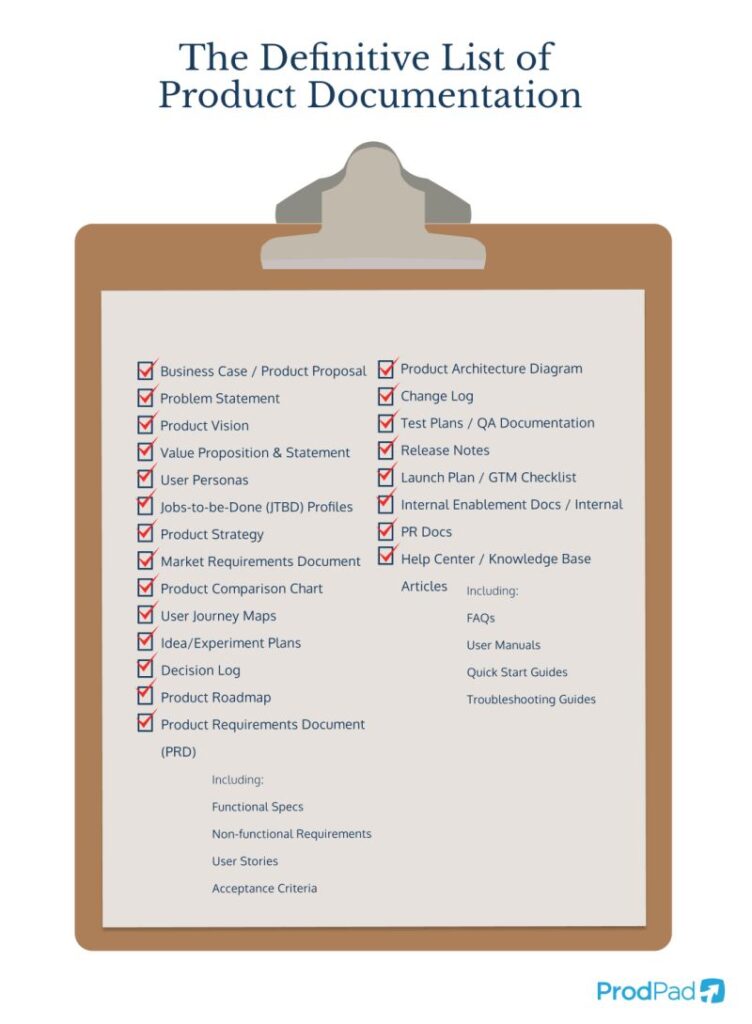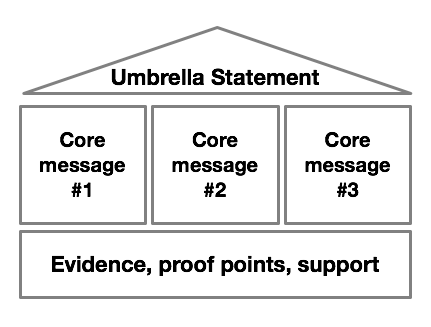I’ve noticed an increasing obsession in product management circles on the creation and maintenance of artifacts. I recently read a LinkedIn post from Janna Bastow, co-founder of ProdPad, with a “definitive list” of product documentation that PMs are presumably meant to be responsible for:

There are also more books than ever on creating artifacts, such as the one I reviewed recently from Marcelo Calbucci about the PR/FAQ. And, of course, there are ever more tools, particularly AI tools like ChatPRD that purportedly make the PM’s job easier by having LLMs generate documents. The promise is that PMs can spend more time speaking with customers and less time writing documents.
There’s nothing fundamentally wrong with writing documents per se. A well-crafted product brief or PR/FAQ can rapidly create clarity and alignment in a team, or drive rapid decision making. But we seem to have entered a new era of artifact fetishism in product management, where the production and management of a great quantity of artifacts (the outputs) is being used as a poor substitute for the messiness of true collaboration, from which actual innovation originates (the outcomes). The creation of yet another spec has never been the sole determinant of product success or failure. Yet we seem to increasingly be treating artifacts in this way, even though much innovation over the centuries occurred without anyone writing a PRD. We need to put a stop to this practice.
Continue reading